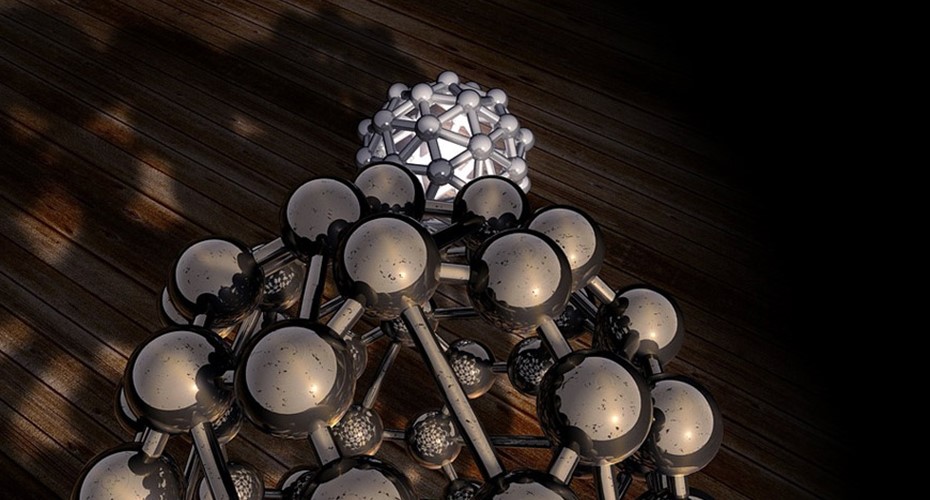Understanding the term structure of interest rates

Would you be better fixing for 1 year at 5.60% or fixing for 2 years at 5.80%? That depends on your view on interest rates.
To figure it out you need to decide whether two consecutive 1-year rates will outperform the 2-year rate? The break-even is a 1-year rate of 6.00% in one year’s time. With two 1-year rates you’d get 5.60% followed by 6.00%, which would be equivalent to having fixed for 2 years at 5.80%. The 1 year and 2 year rates offer similar value-for-money. I’d take the 2-year rate because the 1-year term is simply too short and comes around again too quickly.
How about a 3-year rate at 5.95%? If the first two years is at 5.80% then for breakeven the 1-year rate in two years time will have to be 6.25%. Will rates go up by 0.65% over the next two years? Probably. The 3-year rate looks like excellent value for money.
How about a 4-year rate at 6.50%? If we can get three years at 5.95% then the 1-year rate in three years would need to be 8.15%. That is unlikely. From the basic analysis above the 3-year rate at 5.95% looks like the best option based on my view that interest rates will only increase slowly.
These forward looking interest rates are referred to as implied forward rates and are useful to understand what level of rate increases are being priced in by the market. Understanding the implied forward rates is the first step. The second step is taking a view on future interest rate increases. There is not a 1:1 relationship between the Official Cash Rate and fixed rates. We can easily misinterpret rates. If the cash rate goes up by 1.00% (from 3.50% to 4.50%) then fixed rates wont necessarily increase as much. I think we’d end up with a 2-year rate around 6.50% (about 0.70% above what we are getting now. Fixed rates factor in future rate increases. Even if the OCR went up 1.00% over the next year, given our benign environment, reduced diary prices, and over $200 billion of mortgage debt awash in New Zealand, I’d not expect rates to keep increasing rapidly beyond that.
The other important factor is that bank profits are driven by the spread between lending and deposit rates. Deposit rates are unlikely to increase as quickly as the OCR. If the OCR went up by 2.00% then deposit rates (and fixed mortgages rates by association) might only go up by 1.00%. So even with a “neutral” OCR of 5.50% we’d still have 2-year fixed rates below 7.00%. That’s why the 4-year and 5-year fixed mortgage rates look way out of the money even at 6.50%. I’d only be fixing for that long if I really, really needed the certainty or if I had a large property portfolio and wanted to spread my interest rate maturities.
Receive updates on the housing market, interest rates and the economy. No spam, we promise.
The opinions expressed in this article should not be taken as financial advice, or a recommendation of any financial product. Squirrel shall not be liable or responsible for any information, omissions, or errors present. Any commentary provided are the personal views of the author and are not necessarily representative of the views and opinions of Squirrel. We recommend seeking professional investment and/or mortgage advice before taking any action.
To view our disclosure statements and other legal information, please visit our Legal Agreements page here.

